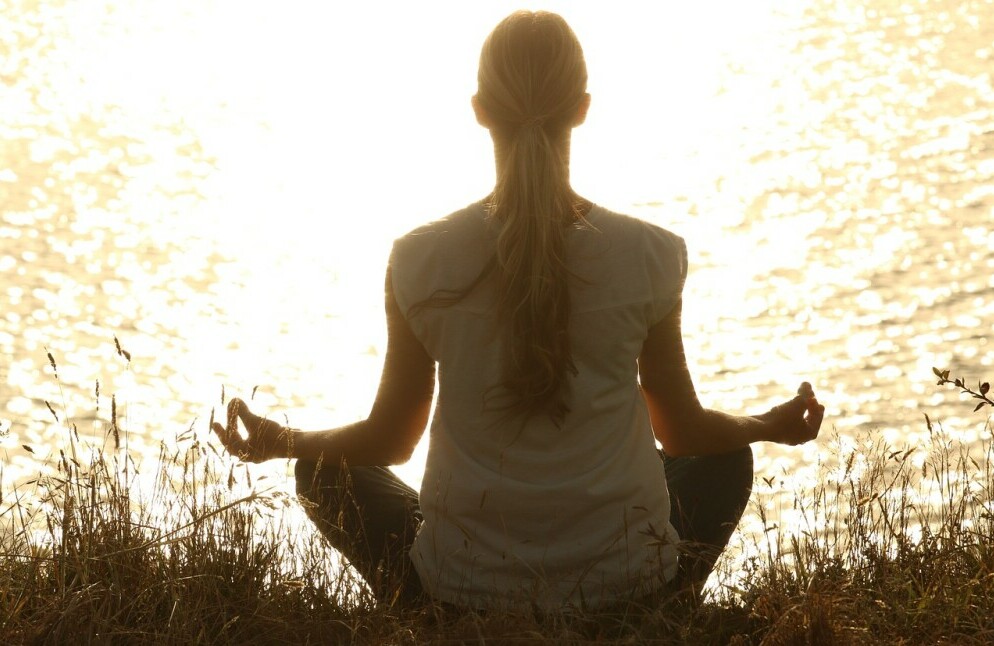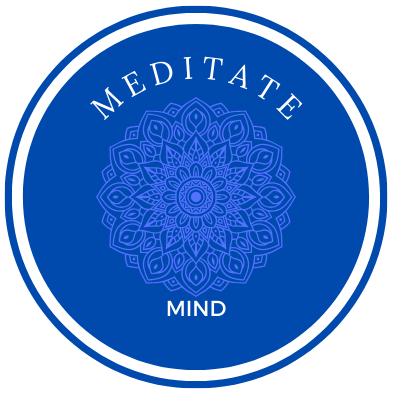
I’m going to kick things off by walking you through the bare bones of meditation – You’ve probably heard about its steady rise in popularity, but believe it or not, meditation isn’t just a mod fad. It’s an ancient practice with a rich tapestry of history stretching back thousands of years, and it has been a cornerstone in various cultures worldwide.
You’re going to find out that the benefits of meditation are as wide-ranging as they come. From reducing stress and anxiety to enhancing mental clarity and emotional health. That the perks of a consistent meditation practice can seep into every aspect of your life and can be a game-changer for your overall wellness.
Now, I know you might be picturing someone sitting cross-legged, eyes closed, possibly chanting – and while that’s one way to meditate, there’s more than one route up this mountain. This isn’t just about achieving a zen-like state; it’s also about embracing a tool that can help you navigate the daily grind more smoothly.
As we transition into the next phase of your meditation journey, don’t worry too much about ‘doing it right’.
Remember, the goal here is to understand the essence of the practice and how to prepare yourself mentally and physically. Setting the stage is critical, and I’m here to guide you through preparing your mind and your environment for the meditation voyage ahead.
Preparing Your Mind and Environment for Meditation
I’m going to walk you through the initial steps of getting into the zone for meditation. This isn’t just about finding a quiet spot; it’s also about setting up your mind for success. Before settling into your meditation zone, take a few moments to declutter your space and your mind. A clear area can help in reducing distractions and establishing a peaceful ambiance that promotes a meditative state.
Creating the right environment is crucial, and that involves a few simple adjustments. You can start by choosing a location that feels safe and inviting to you. It could be a corner of your bedroom, a dedicated meditation room, Laying on your bed, or even a spot in your garden. Soften this space with elements that calm the senses: think about dim lighting, a comfortable cushion, or any item that has a personal, calming effect on you.
In my opinion, the atmosphere you cultivate should echo the peace you seek within your meditation practice. This might mean playing gentle background music or simply embracing the sounds of silence. Inviting natural elements, like plants or a small fountain, can enhance the tranquility.
Don’t worry too much about creating a flawless meditation space. Start with what you have, and remember, you can always adjust your approach down the road. What’s important is that the space feels like a refuge for you.
Now let’s talk about preparing your mind. It might seem challenging at first, especially if you’re greeted with a flurry of thoughts upon closing your eyes. This is perfectly normal. The goal is not to have a blank mind but to become aware of your thoughts without getting entangled with them. A useful technique is to focus on your breath, inhaling deeply and exhaling gradually to ease into a meditative state.
Choose something that resonates with you when it comes to technique; meditation apps can be a valuable tool for beginners. They often offer guided sessions that can ease the process and help you focus. Don’t think of it as cheating—it’s about leveraging resources that can facilitate your journey.
You’re going to find out about some specific techniques in the next section, and I’m here to help you discover which one might be the best fit for your unique path. Remember, the goal here is to make meditation an inviting and enjoyable part of your day, so approach it with curiosity and openness.
Meditation Techniques for Beginners
I’m going to walk you through some meditation techniques that are perfect for beginners. You don’t need to be a Zen master to start feeling the benefits of meditation.
First, let’s clear up a common question: What’s the difference between guided and unguided meditation? Guided meditation is like having a coach who directs your focus and attention, often through an audio recording. Unguided meditation, on the other hand, is all you. It’s your personal time to settle your mind without external guidance.
Choose something that resonates with you. If you’re the type who needs structure, start with guided sessions. There are plenty of apps and online resources available. If you lean towards introspection, give unguided a try.
Now, about your posture. You’ve probably seen images of people meditating in the lotus position, but that’s not a must-do. The key is to find a position where you can remain comfortable and alert. This might mean sitting on a chair, standing, or even lying down.
In my opinion, the most important part is what you do with your mind. Start with focusing on your breath. Inhale, count to four, hold for a second, then exhale and repeat. It’s a simple technique, but incredibly powerful for calming your mind and minimizing distractions.
Cultivating a Consistent Meditation Practice
I’m going to shine a light on something important now: consistency. You’ve learned some techniques, embarked on a few sessions, and maybe even felt a hint of that inner peace. This isn’t just about starting strong, it’s also about maintaining your meditation practice.
I’m here to help you understand that setting realistic goals is key. Your first attempt doesn’t need to be an hour-long session; five minutes daily can be just as impactful.
Don’t worry too much about perfecting every session. The focus is on establishing a habit. As you grow more comfortable with meditation, your duration or frequency can increase organically.
Remember, it’s not about the quantity, but the quality of your practice. Aim for regularity and find a rhythm that fits into your life seamlessly. That’s the strategy I like to leverage when building any new habit, especially meditation.
A lot is happening very quickly in our lives, but through consistent meditation, we can cultivate a tranquil mind and create a buffer against the daily hustle. Your continued practice won’t just benefit your mindfulness on the cushion, but it will spill over into every area of your life, enhancing your daily interactions and your overall wellbeing.
I really hope that you embrace meditation as a form of self-care that evolves with you. And remember, your journey in meditation is personal, so be kind to yourself along the way. If you need guidance or have questions, reach out to meditation communities or professionals who can support your practice.
Thanks for exploring meditation with me. Take a deep breath, close your eyes, and let the journey continue with each breath you take. I’ll be rooting for you.
